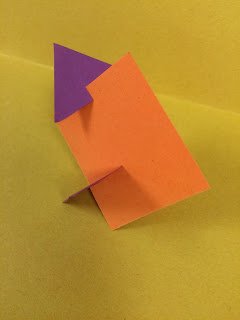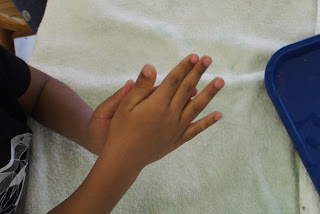
So very excited to share a brand new lesson today. Over the summer I received the amazing book "Magritte's Marvelous Hat" by DB Johnson and I've been trying to decide which grade level and project would go best. There were so many fabulous illustrations in the book that I couldn't pinpoint which one to focus on. (Spoiler alert...the pictures in the book morph and change with acetate pages) That's when it became obvious this should be a PRINTMAKING lesson. Now my students don't have to choose either. Face in the clouds? Check! Clouds in your face? Check. Floating hat? Check!
There are lots of options with this project. They can take selfies, use grids to draw their face or work from imagination. They can choose symbolic objects in place of the apple, it's really up to you (and them!)
By keeping the printing plate rather simple - just a silhouette, the students can marker print all of their cool ideas and make a variety of prints. I was so excited by this idea, I had to make a video which I'm sharing here. And I know how precious our time is, so I'm also offering the full lesson plan right here.
Can not wait to unleash this on some third graders next month. Happy 2018, all!



















































